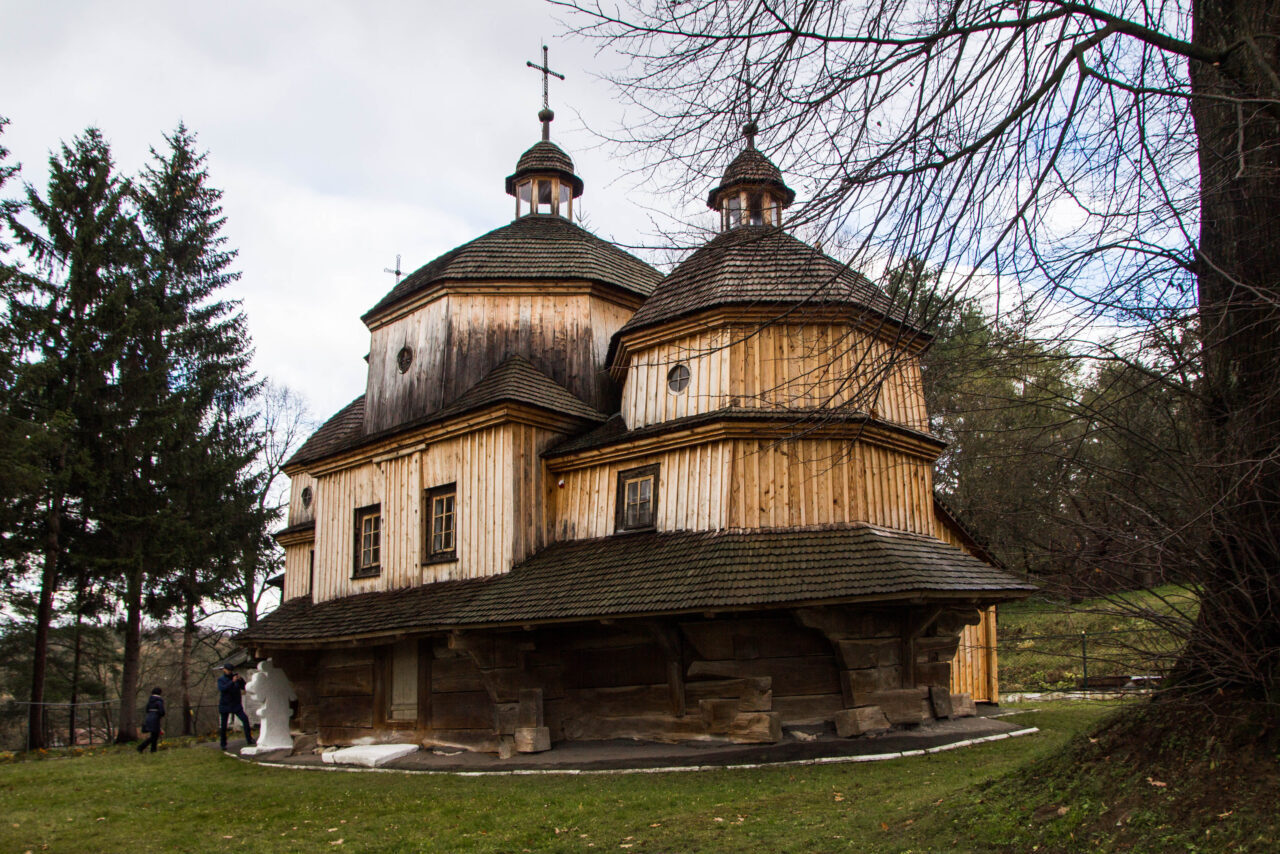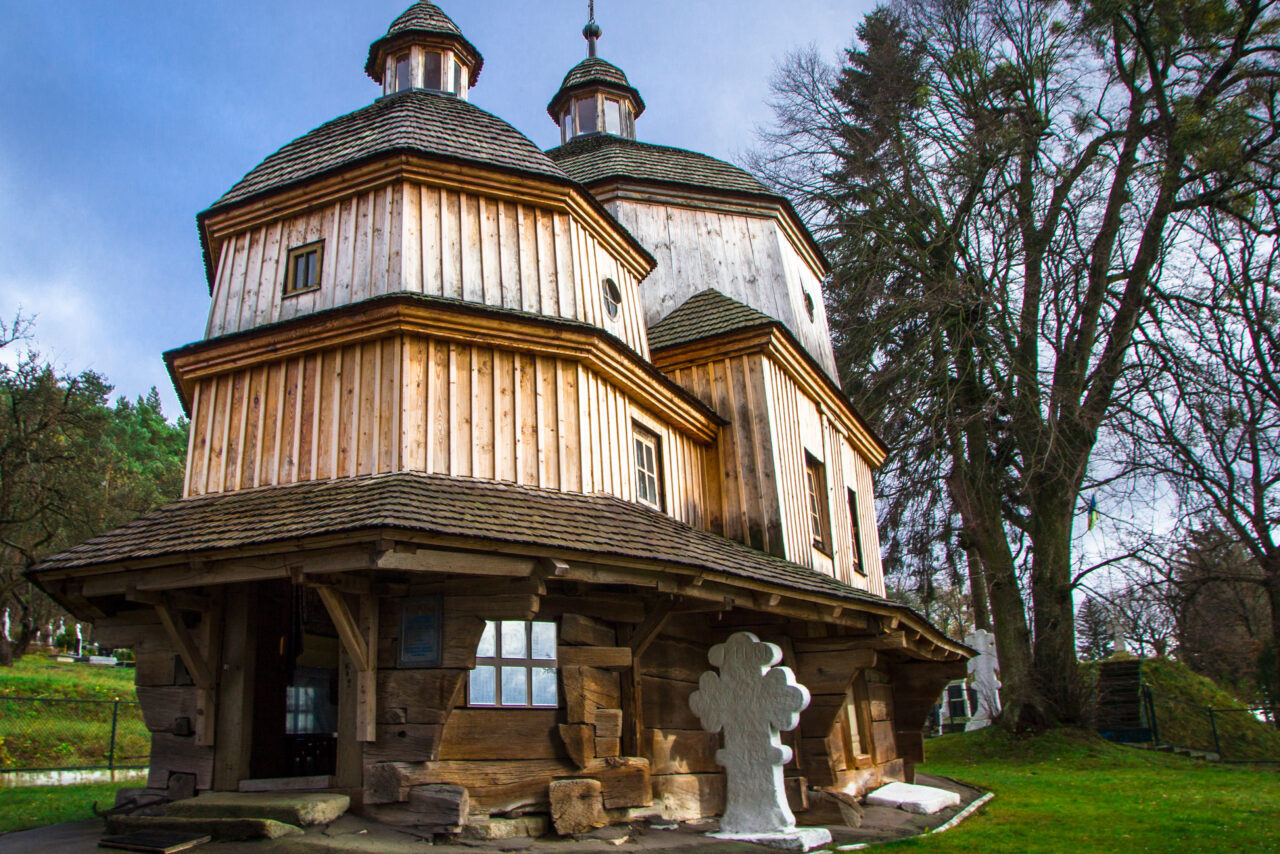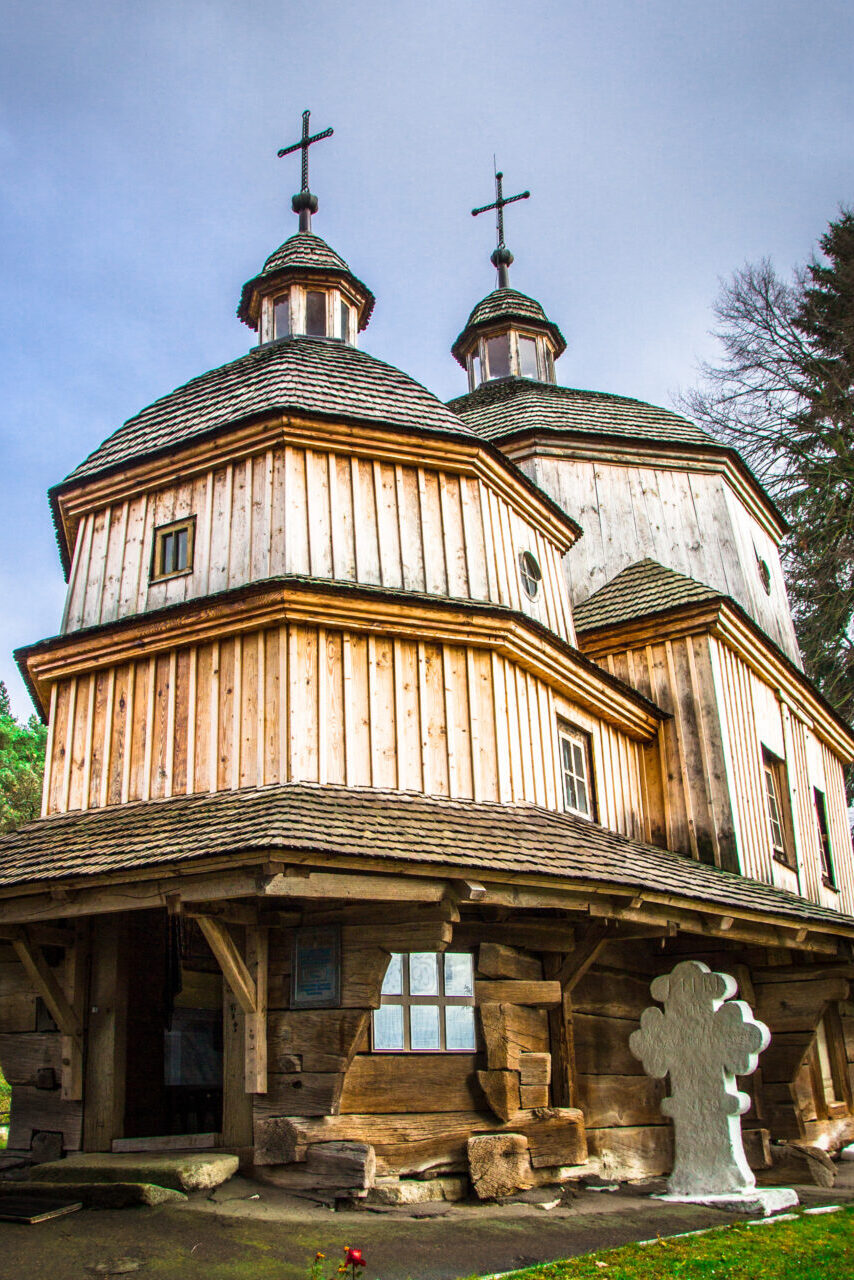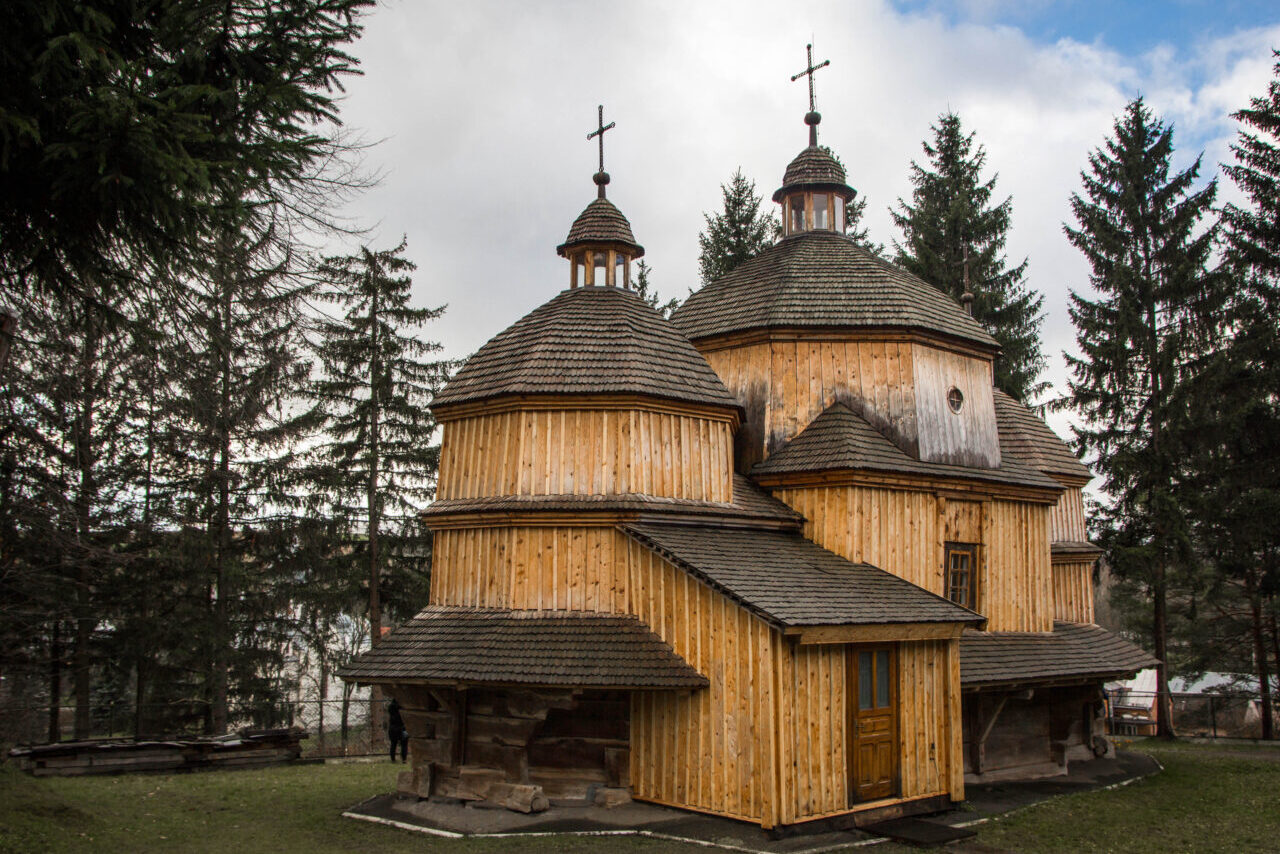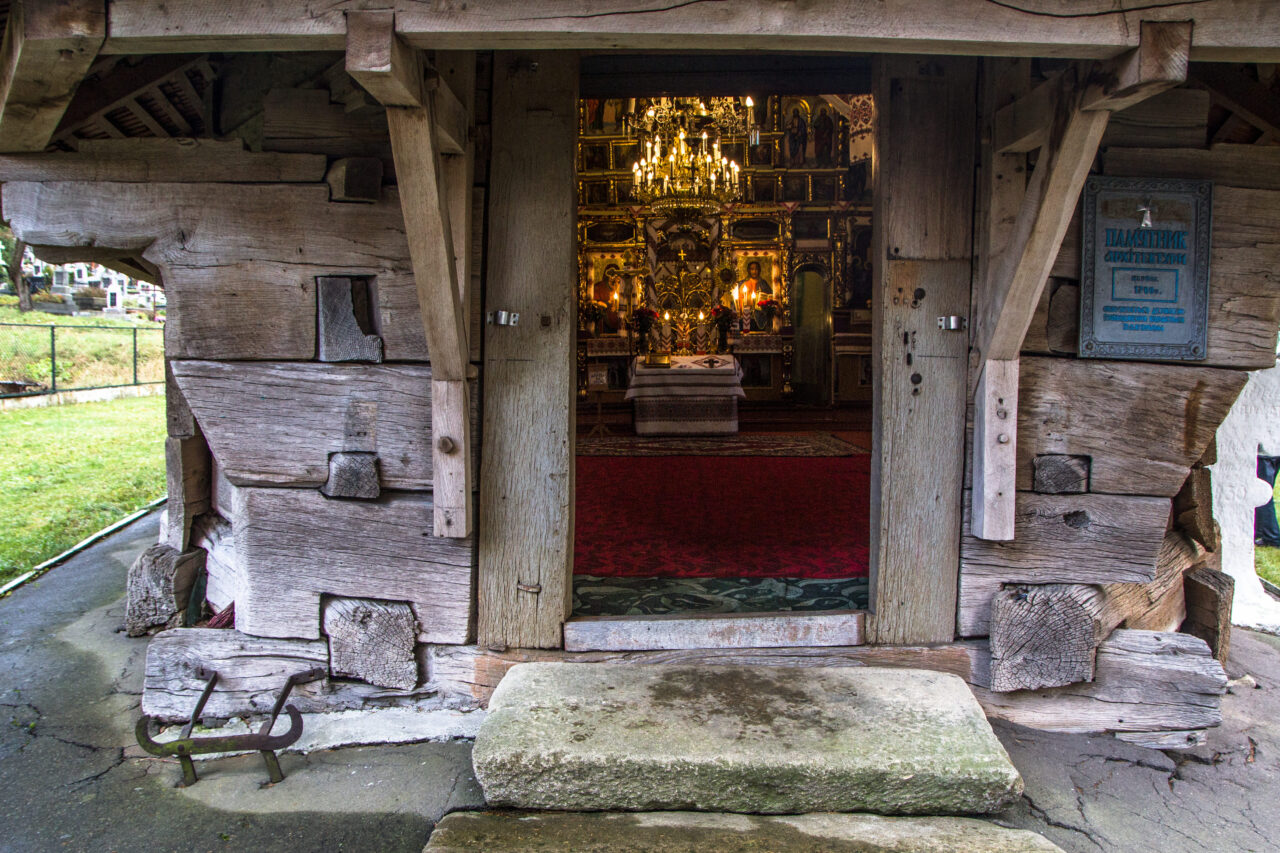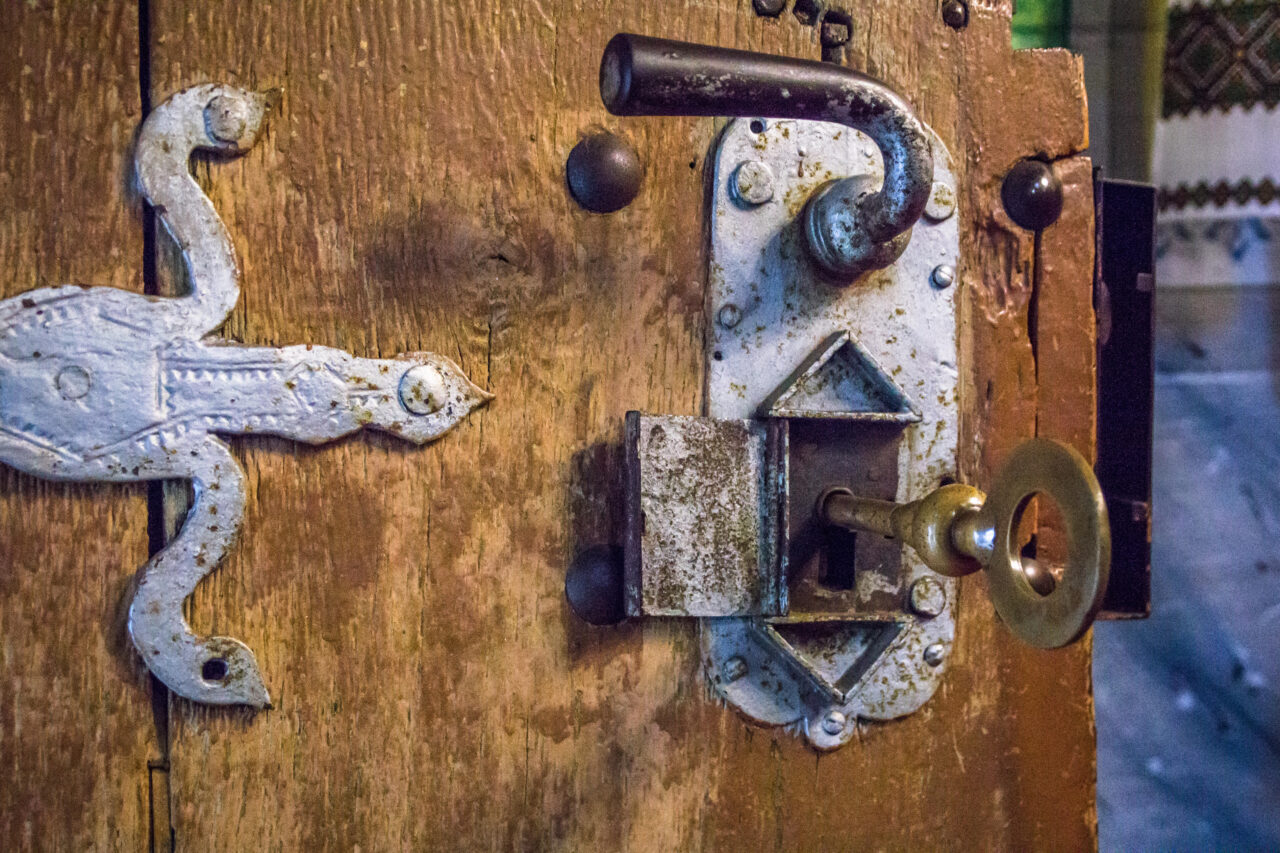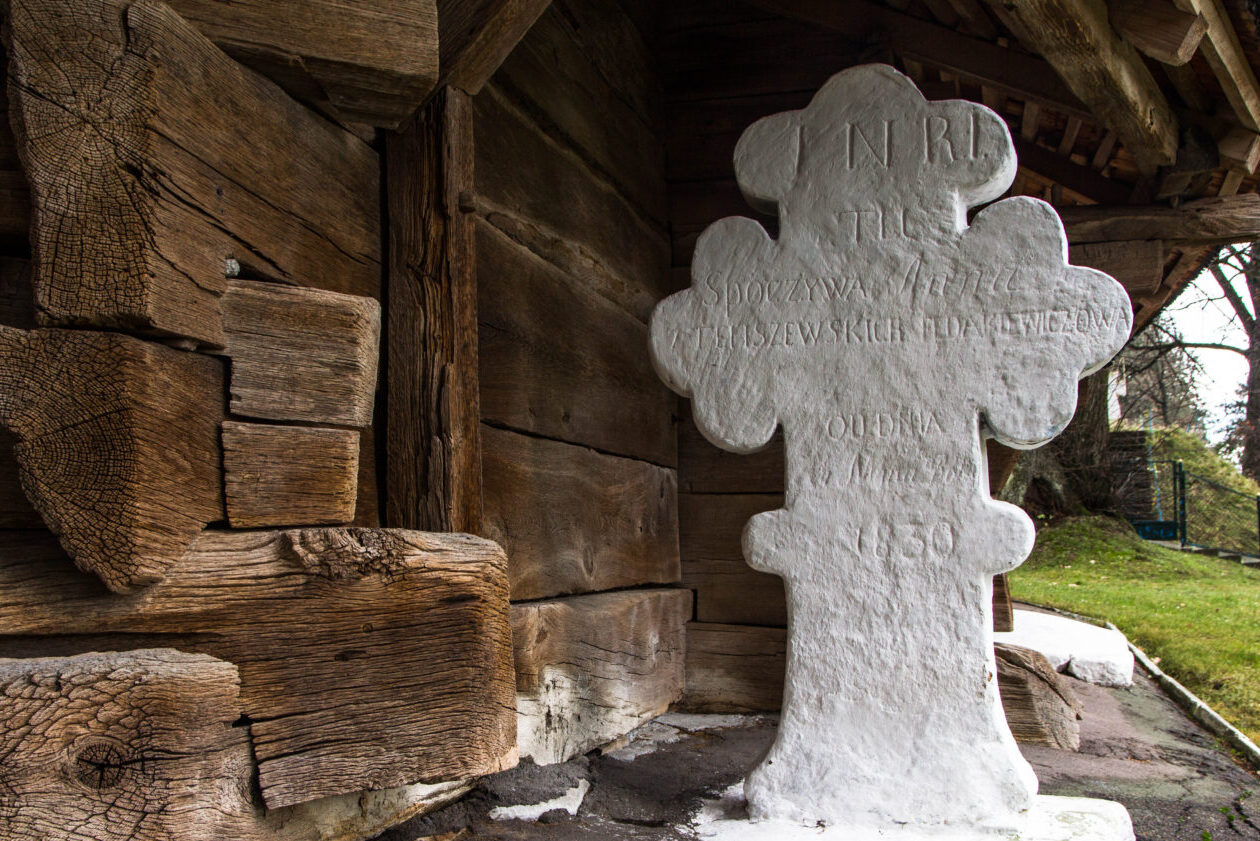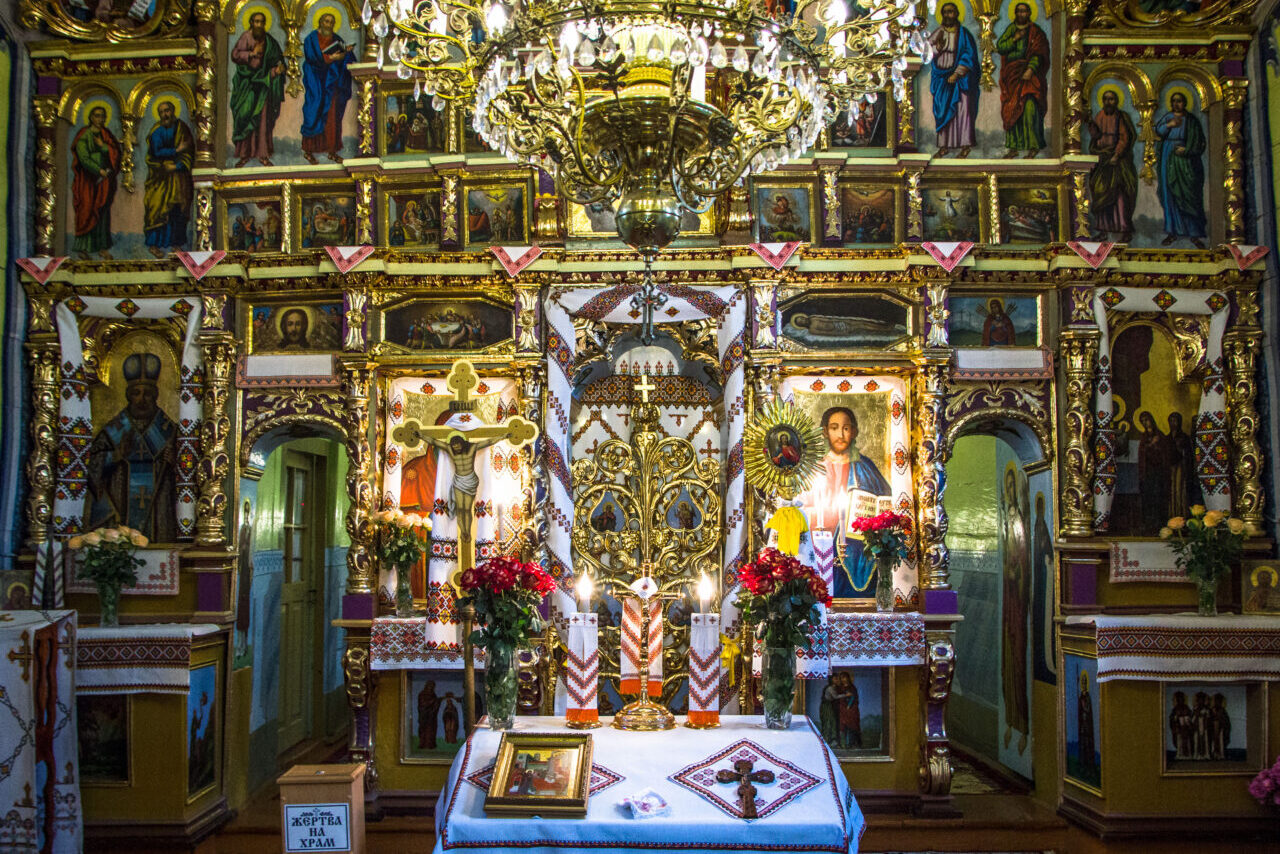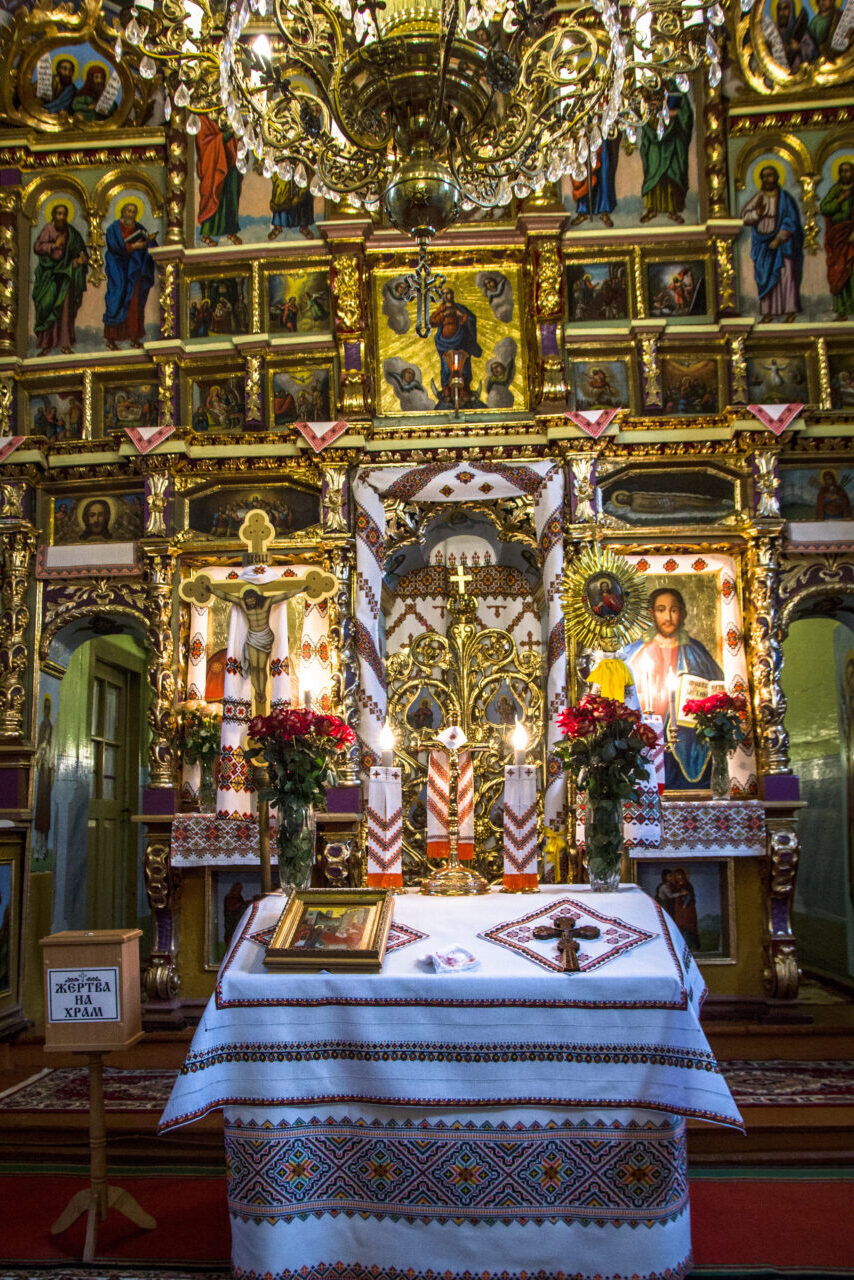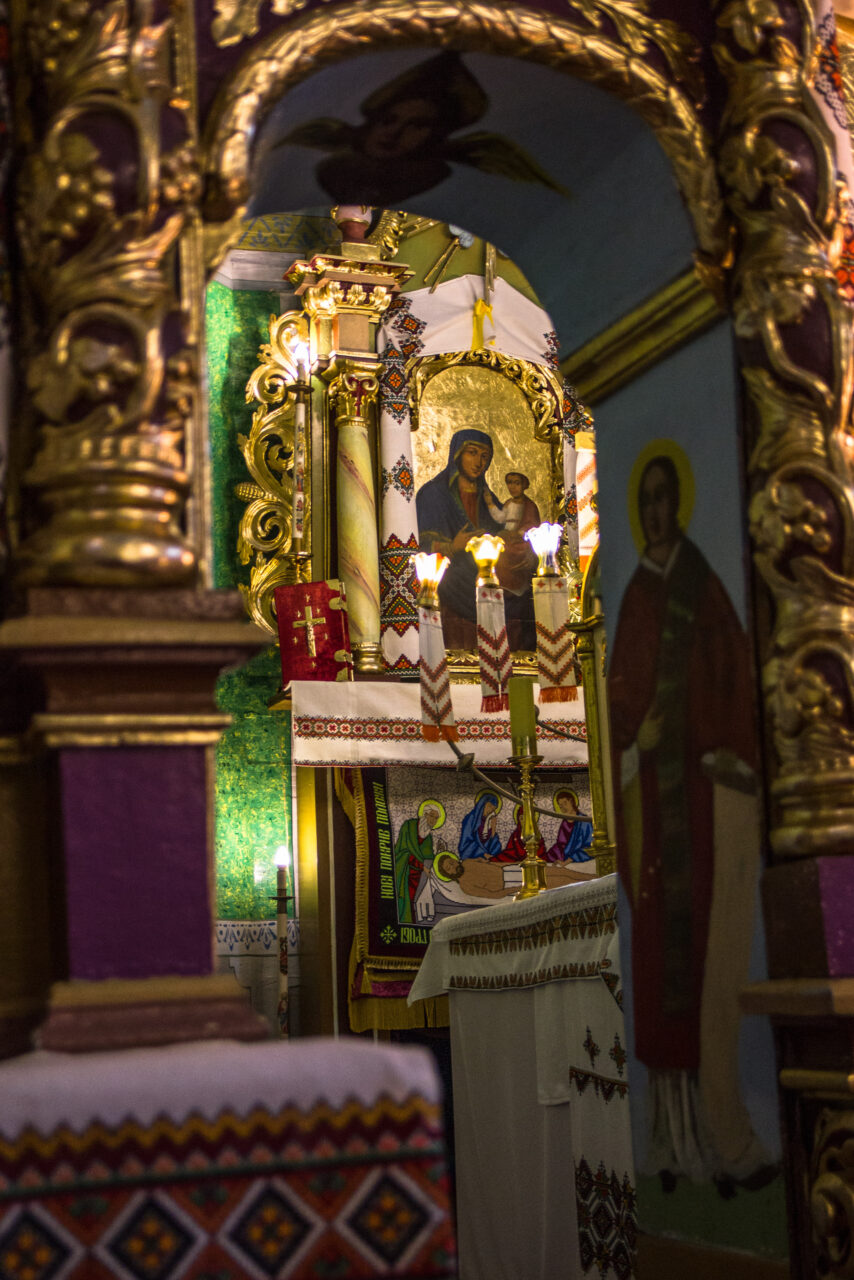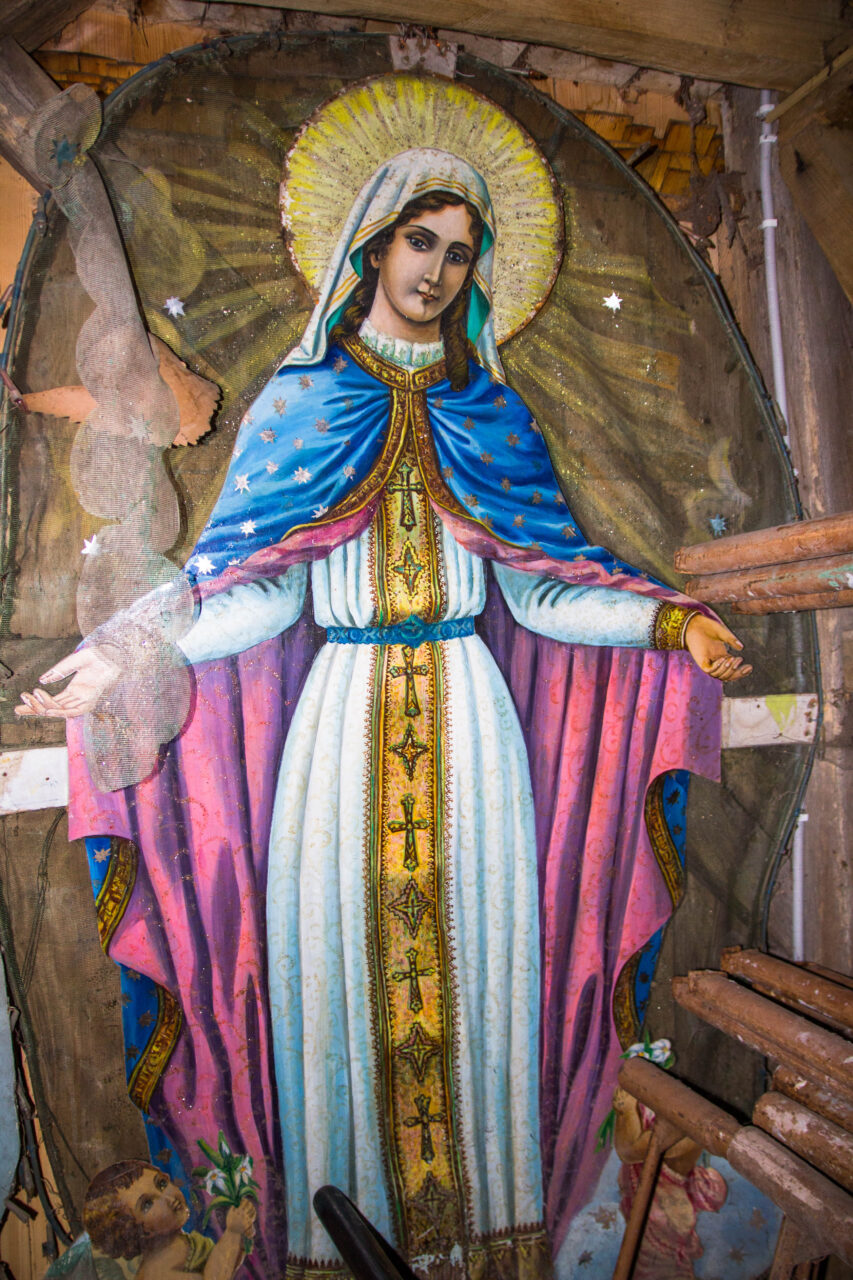17 km from Lviv, not far from the road to the Bibrka town, there is a small village with an interesting name Cherepyn. It is situated between the famous ‘near-Lviv’ settlements Stare Selo and Davydiv. According to the research by Anthony Schneider, a local 19th century historian, these settlements, even in princely times were one wholeand were called the settlement of Cherepysko. Its word comes from the word ‘cherepok’, which means a fragment of broken dishes. Locals often found such finds in the area during agricultural work. These were the various pottery remains. In the 1960s archeological excavations were carried out on the Cherepyn territory. After the research, a separate group of monuments of the early Scythian time, the Cherepyn-Lahodiv one, was identified. This proves that life here has existed since the ancient times. The first written mention of Cherepyn dates back to 1410.
The village is located within the Lviv Plateau, the part of the Lviv Opillia. It perched in a quiet cozy valley above the Cherepynka River, a tributary of the Davydivka River, near the Lviv-Ivano-Frankivsk railway.
A real architectural gem of Cherepyn village is the wooden church of the Presentation of the Lord, built in the second half of the 18th century. The temple stands on a high hill, planted with forest and dominates the wide village streets. The path to the church is led by a long metal staircase. Going them up the hill, you will see the ensemble of the Cherepyn temple. Next to the church there is a wooden bell tower, built in 1754, with a bell from 1640. Behind the church there is a cemetery with tombstones from the beginning of the 19th century. Also among the burials there is the Martyrs’ Memorial, where those who died during the bloody events of 1944 in the village rest in peace.
The church is a monument of national importance, today in belongs to the Ukrainian Greek-Catholic Church community. The construction started in 1757. It was this year that Dominican monks from Lviv signed a contract with builders. They were carpenters – brothers Yatsyk and Anton Drozdovych.The Dominicans were the temple patrons for many years.
Oak and pine wood were used to build this sacred building. In Galician tiny, the church is in Volyn three-log and three-domed, surrounded by a thin solid attic on the outlets of the crowns of the log house, which emphasizes its elegance. Babynets (narthex) and the altar part have rounded shapes due to the cut corners. Between them there is the main nave, formed by straight logs in the form of a rectangle. It is the highest and dominant over the others. The walls above the attic, in the middle and upper tiers of the temple are lined vertically with boards and plat bands. A sacristy is attached to the altar from the north side. The ceiling of the temple and the attic are made of wood shingles. All parts together create a harmonious, with a noticeable Baroque influence, perfect look of the temple. There is noticeable influence of that time’s Church Union in the interior: Baroque style multi-tiered iconostasis combines the old Orthodox custom of a closed altar, canonical images with the latest Catholic themes.
The church was consecrated in 1764 on the feast of Presentation of the Lord, or as the Catholic calls it ‘the Feast of Mother of God Purification’. For more than 250 years of its existence, the church has witnessed times of prosperity and periods of oblivion and decline. From 1962 to 1989 it was close. Its appearance did not escape its fate of changing. The ancient wooden temple with a shingles roof was covered with gray tin. In 1910, first only the roof, and later the walls were covered with this material. Until recently it was in this ‘tin suit’. The temple has been restored since 2007. The main task was to return the church to its authentic appearance. Today the church is completely covered with wood. This is a good example of a conscious community that preserves the memory of their ancestors’ traditions and restores them.
The personalities of the fathers, who took care of the church, are extremely interesting. It is worth noting that in 1853 father Mykhailo Konovalets, the OUN leader Yevhen Konovalets’ grandfather served here. Father Augustyn Tsebrovskyi played an important role in the development of the spiritual life in the village community. He served in Cherepyn from 1926 to 1944. At that time he took an active part in the education development, with his aid the centres’Union of Ukrainian Women’ and ‘Native School’ were established here. In March 1944, during a Polish militant attack, father Augustine and his wife died a martyr’s death. He has been recognized as a martyr for the faith.
In Cherepyn suburbs there are a lot of interesting places for a curious tourist. So, if you decide to visit the castle in the Old Village, prince Zvenyhorod or climb Mount Kamula, remember this village as well. It is in a stone’s throw. Here you will find a real pearl of wooden sacred Galician architecture.

